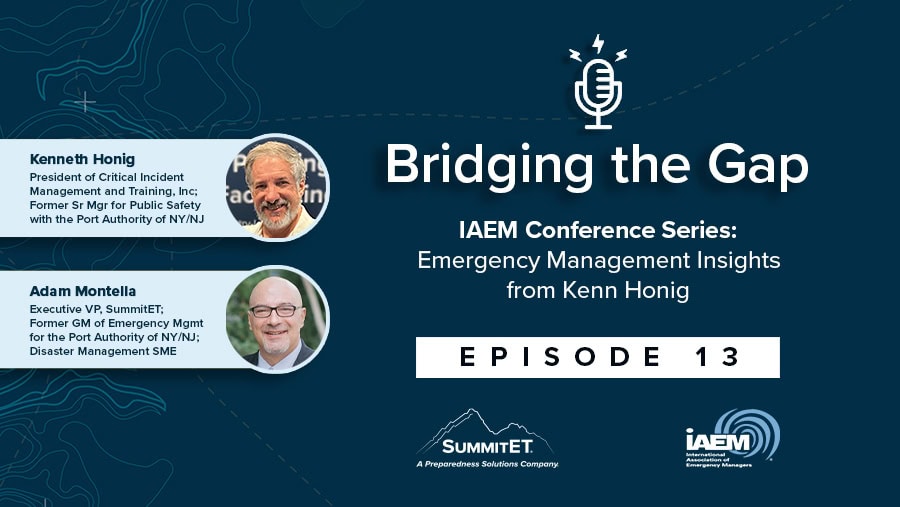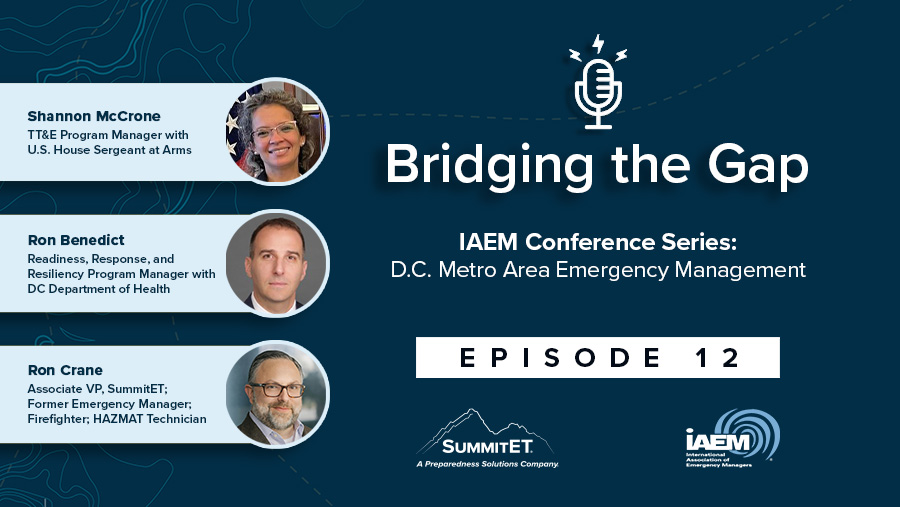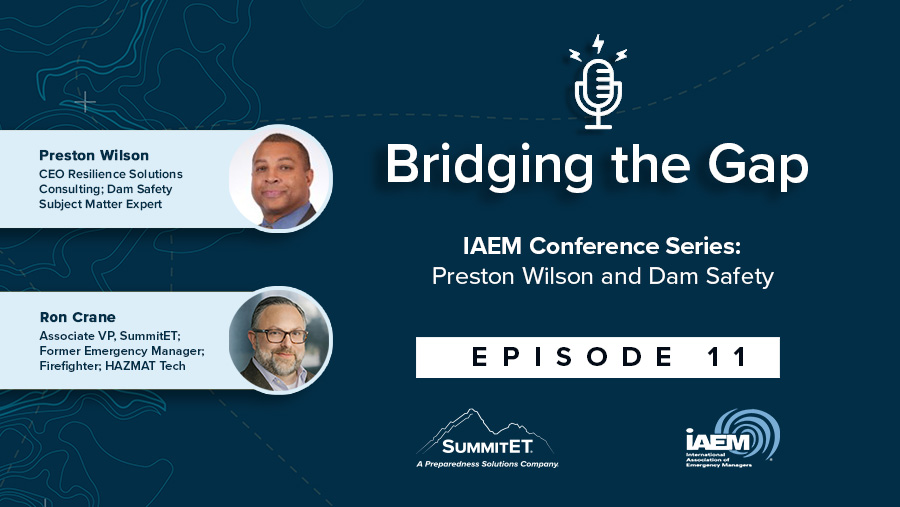During COVID-19, communication professionals, worldwide, are working around the clock to gather, verify, and distribute critical information to their internal and external stakeholders. We are so busy gathering data that sometimes we overlook our personal and psychological needs. Recognizing the signs of psychological fatigue and reducing stress are important for the long-term well-being of a communication professional.
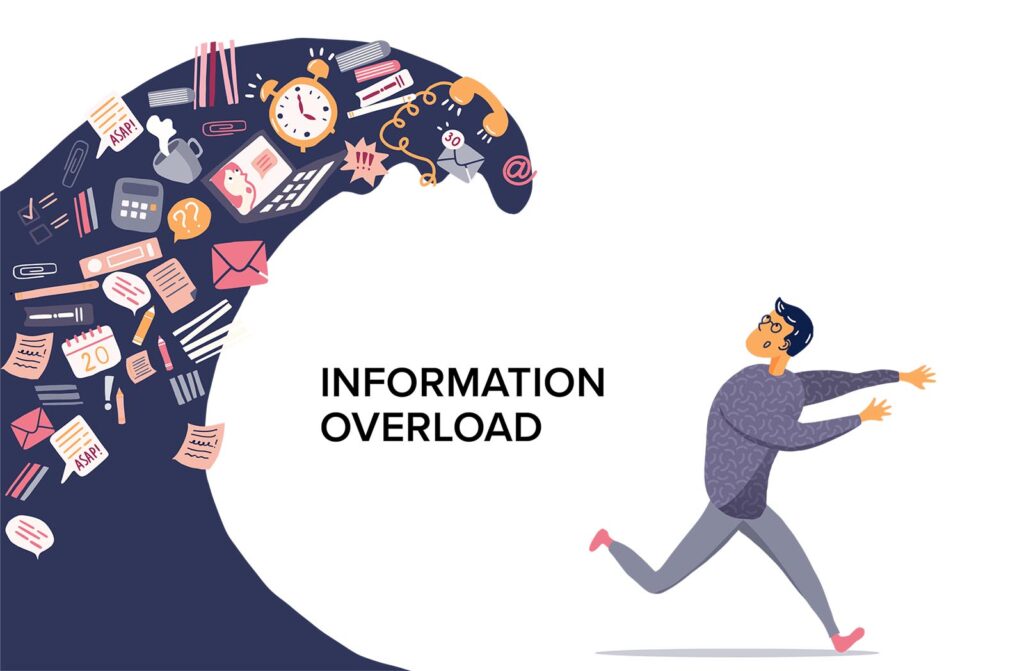
With ever-changing information, the rapid growth and presence of social media platforms, and the public’s appetite for instantaneous information, the communication professional’s role becomes more complicated and stressful which places undue pressures on our psychological health. As with our stakeholders, psychological considerations can have tremendous impact on how we process information ourselves. We juggle issues such as message structuring, timeliness, accuracy, relevance, and delivery mechanisms to meet the informational needs of our stakeholders. However, we need recognize the importance of addressing and reducing our own psychological needs to remain an effective communicator. Addressing psychological impacts may require greater resources and manpower that may be in short supply or even nonexistent.
Recognize and Overcome
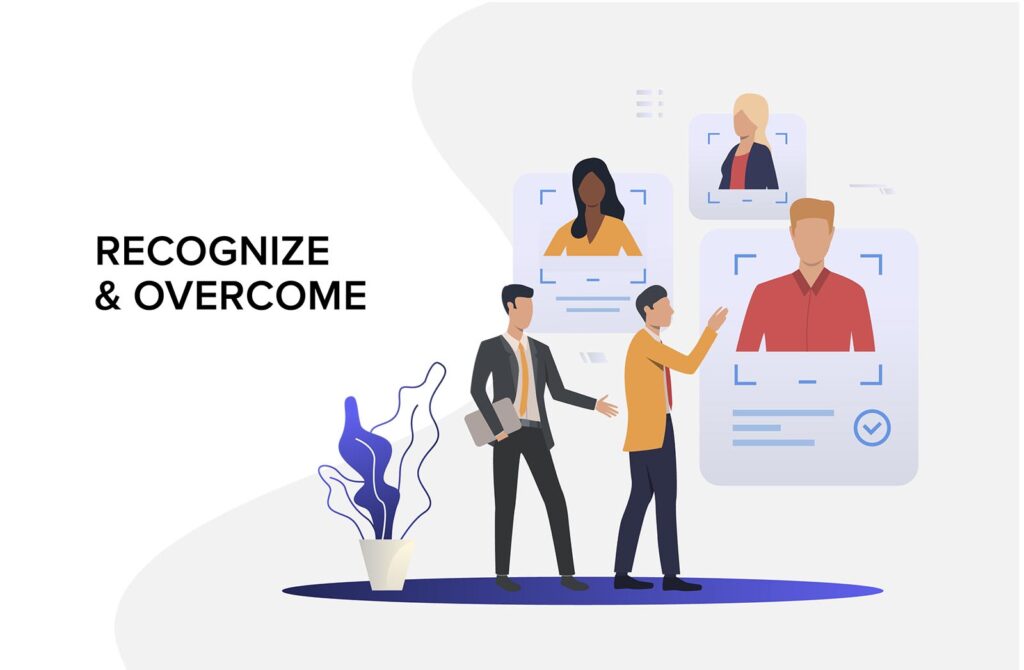
It’s important to recognize common reactions such as sadness, anger, fear, difficulty sleeping, or impaired ability to concentrate. To overcome some of this anxiety, consider integrating some of the following into your routine:
- Impose a self-regulated “time-out” every two hours. Walk away from the action (i.e., down the hall, outside for a breath of fresh air, a cup of coffee, water break, etc.)
- Walk around the building to clear your mind, perform simple exercises such as stretching, chair squats, wall push-ups, etc.
- Employ a sense of humor with family, friends, and colleagues. Even in crisis situations, lighthearted moments occur. Don’t be afraid to capitalize on this opportunity. Laughter boosts the immune system, decreases stress levels, lowers blood pressure, and can relax your muscles for up to 45 minutes.
Develop a Strategy
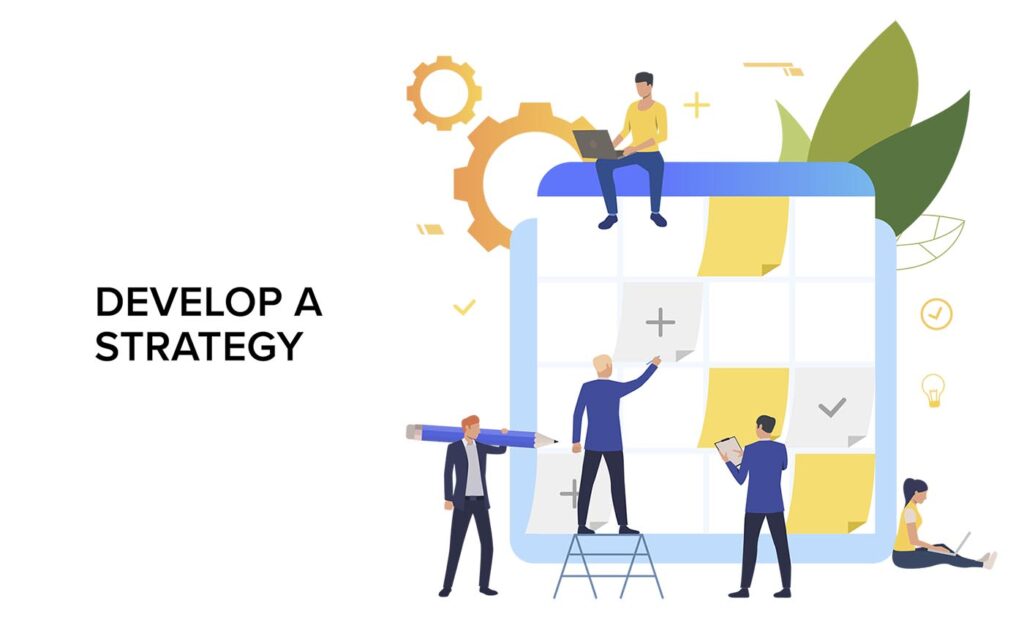
Ask yourself the following questions when developing communication strategies:
- Can you overcome the effects of your own mental noise as you develop communication strategies?
- Will internal and external stakeholders trust you, your messaging, and your delivery mechanism?
- How do/will you respond to internal and external frustration and outrage factors?
- Can you rise above self-doubts, distorted communication, and outside influences to deliver a successful crisis communication strategy?
Early Detection
Early detection of psychological stressors and developing coping mechanisms will help all of us as we continue our goal of providing important information to our stakeholders. If you are feeling these stressors and you have access to “inside” information, think about your stakeholders’ perspective, lack of information, and how their stress levels may be increasing. Remember, science and research have shown us these are all normal feelings and emotions. For example, research by renowned social scientists and risk and crisis communications experts such as Dr. Vincent Covello provide a wealth of knowledge for honing and applying best practices in the communications work we do. A few important principles and concepts to integrate into your communications strategies are listed below:
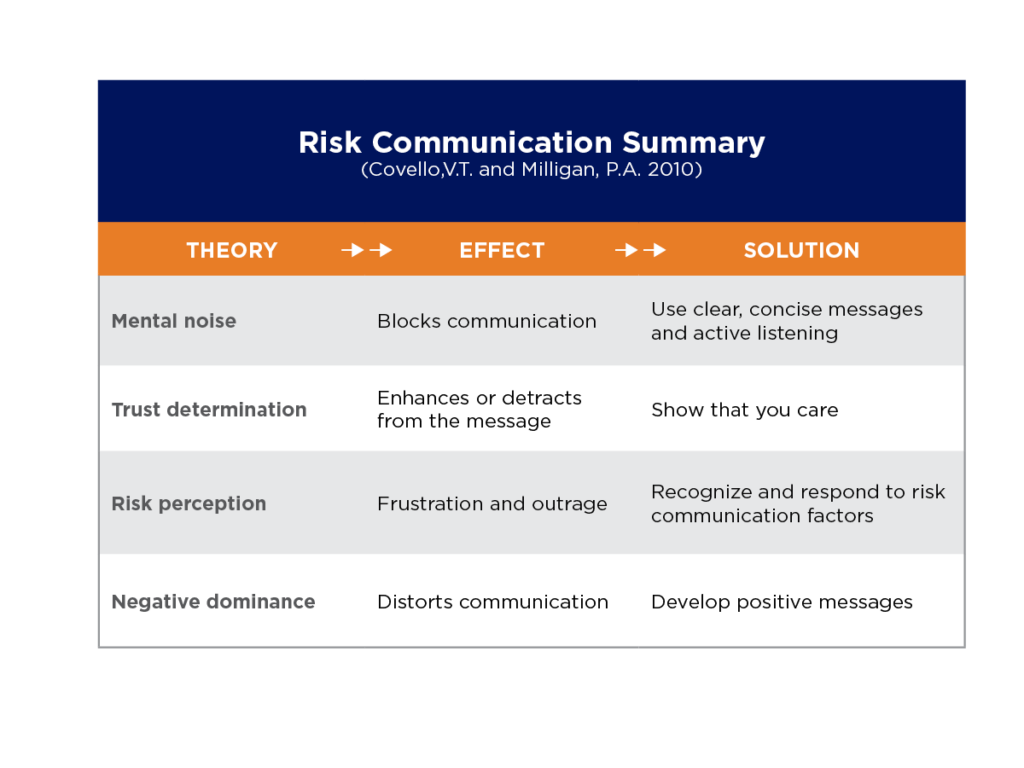
Mental Noise – everyone suffers from mental noise
Example: personal/professional issues, looming deadlines, patient issues, etc.
Trust determination – demonstrated in verbal and non-verbal communication:
- Empathy/caring
- Competence/expertise
- Commitment/dedication
- Honesty/openness
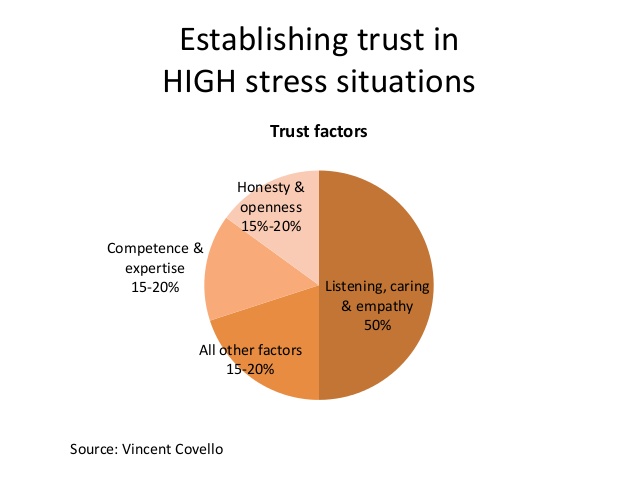
Negative dominance is based on previous experiences, hearsay, negative images, rumors/misinformation, words, etc.
Note: Negative experiences, words, or actions are usually embedded and remembered more than positive experiences/messages. Create as many positive messages and images as possible to counteract negatives.
Risk perception – what are the risks associated with the incident of concern? Are those perceptions-based factors such as personal experiences, hearsay, rumor/misinformation, etc.?
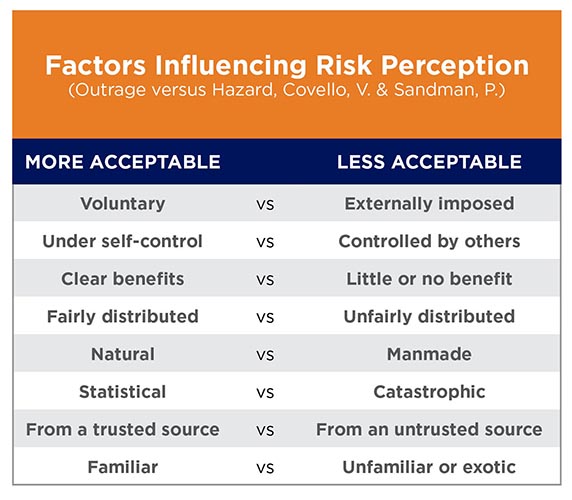
During your COVID-19 response activities remember there is a “me” in “team!” Hopefully, understanding the importance of “me” will help you and your teams maximize your strengths, grab the attention of your stakeholders, and lead to a cohesive communication response. For “me,” I am following the advice I teach in my risk and crisis communication training, by developing a three-part action plan;
- What should be done?
- What can be done?
- What must be done? Developing and operationalizing your own personal action plan can help reduce stress levels, provide clearer direction, and boost your self-confidence.
If you’d like additional information on SummitET’s strategic communication assessment, planning, training, and exercise support capabilities, please contact [email protected].


